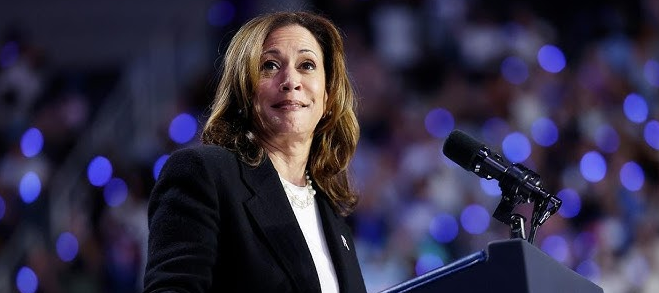As the dust settles on one of the most closely watched elections in recent history, campaign leaders for Kamala Harris are shedding light on why public polls leading up to Election Day didn’t match the ultimate outcome. Despite weeks of public surveys showing Harris with a narrow lead over former President Donald Trump, internal data consistently told a different story.
David Plouffe, a senior adviser to the Harris campaign, recently opened up on the Pod Save America podcast, explaining that internal polls showed a much tighter race than public polls suggested. “We didn’t get the breaks we needed on Election Day,” Plouffe admitted, adding that the campaign was never truly ahead of Trump in their private polling. “I think it surprised people because there were these public polls that came out in late September, early October, showing us with leads that we never saw.”
The discrepancy between public perception and internal reality was a persistent challenge for the Harris team. According to Jen O’Malley Dillon, head of the campaign, the internal polling remained static from the moment Harris entered the race in July. “The truth is that we really thought this was a very close race; we talked about the entire time we saw it as a margin-of-error race,” Dillon said, emphasizing that their focus never wavered from the razor-thin margins they anticipated.
Other campaign leaders echoed these sentiments, acknowledging that certain warning signs loomed early on. Quentin Fulks, the deputy campaign manager, and Stephanie Cutter, who led messaging and communications, highlighted critical battlegrounds like Florida and Virginia. According to their analysis, Florida’s Republican surge and Virginia’s unexpectedly close results signaled uphill battles in key areas.
While public opinion polls showed Harris gaining momentum after entering the race in August, Plouffe noted that such optimism wasn’t mirrored internally. “It gave a false sense of security,” one campaign strategist said privately, citing media narratives fueled by the public polling numbers. These inflated expectations, combined with stark realities in Republican strongholds, left little room for surprise when Election Day results didn’t align with earlier forecasts.
The Harris campaign’s leadership now reflects on the race as one that was likely unwinnable from the start. While her entrance into the race initially appeared to rally Democratic voters, campaign insiders agree the challenges were too entrenched to overcome. As Dillon put it, “We went in knowing this would be a fight down to the wire—and the margins just weren’t on our side.”

